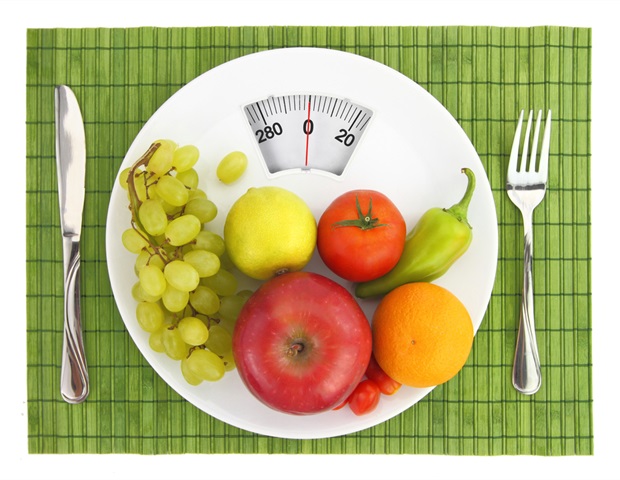New research showing the association between greater bean and pulse consumption and improved shortfall nutrient intakes and a higher diet quality in American adults will be presented during the Academy of Nutrition and Dietetics (the Academy) Food & Nutrition Conference & Expo (FNCE) 2024 in Minneapolis, MN. The poster session is scheduled for Tuesday, October 8, 2024, from 10:45 – 11:45 AM CT at the Minneapolis Convention Center. Researchers assessed the effect of increased bean and pulse consumption, in the typical US dietary pattern, on shortfall nutrient intakes and diet quality outcomes.
According to the findings, dietary patterns that are rich in beans and pulses are associated with significantly higher diet quality scores and greater intake of shortfall nutrients, including nutrients of public health concern. Pulses are the edible seeds of plants in the legume family. Pulses grow in pods and come in a variety of shapes, sizes and colors and include beans, peas, chickpeas, and lentils.
For this study, canned and dried kidney beans, black beans, chickpeas, pinto beans (beans) were included in the composite. Impact on shortfall nutrients Using data from the National Health and Nutrition Examination Survey, 2001-2018, the analyses modeled the addition of one- and two-servings of beans (as outlined above) in adults. Results show that greater consumption of beans is associated with significant increases in several shortfall nutrients, including dietary fiber, potassium, ma.


















